QuestionMy girlfriend just bought me a baby ball python a week ago and i just noticed a bump on the bottom of him and i dont know what it is.Can you help me? Also how can you tell is a snake is a male or a female? Thank You..
AnswerThe lump is probably from a meal it recently had and is in his stomach, although it shouldn't be there for more than 48 hrs.
To sex your python, follow this care sheet:
This paper will discuss two methods of sexing adult and juvenile snakes - probing and "popping" of the hemipenis.
SNAKE ANATOMY
Posterior to the cloaca, a pair of hemipenes are present in male snakes.
These are paired structures, and lie inverted on either side of the midline. In both male and female snakes, musk glands are also typically present.
SEX DETERMINATION BY PROBING
Sex can be determined in snakes by probing posterior to the cloaca, to determine the presence of hemipenes. Typical sexing probes are stainless steel and either ball-tipped or tapered on the end.
These are available as sets of different diameters and lengths from various suppliers.
The sexing process begins by selecting the probe of proper diameter. As mentioned above, the hemipenes are paired structures located on either side of the midline. By turning the snake over and visualizing their location and size, a proper probe diameter can be selected. Generally, a probe diameter equal to approximately one quarter of the anal plate is appropriate. Choice of too large a probe will prevent free movement of the probe within the hemipenis, while a probe too small will risk puncturing the posterior end of the hemipenis when probing.
After a probe is selected, it should be lightly lubricated with K-Y jelly, vaseline, mineral oil, or water. If the animal is to be probed just prior to breeding, care should be taken not to use a lubricant that contains a spermicide.
The tip of the lubricated probe should then be placed in the cloaca, on either side of the midline.
The probe is then rotated anteriorly, with gentle downward pressure.
If properly positioned, the probe will move posteriorly into the tail in both males and females.
Posterior pressure should be maintained until posterior travel stops.
The probe is marked at the spot where it enters the cloaca,
and the probe is slowly withdrawn.
The probe is then placed on top of the tail in the same position and depth it was inside the pocket,
and the depth of penetration assessed in terms of subcaudal scales.
Females of most species probe to a depth of approximately three subcaudal scales, and almost always less than eight,
while males probe nine or more subcaudals.
There are exceptions, and lists of typical probe depths for various species are given in other publications.
A safer method of sexing juvenile snakes is the "popping" of the male hemipenes. The animal is held inverted in the left hand, with gentle finger pressure just forward of the cloaca. The ball of the right thumb is placed on the tail, about twenty scales behind the cloaca. The right thumb is then rolled forward toward the cloaca. This pressure on the tail will cause the hemipenes of the male snake to be everted.

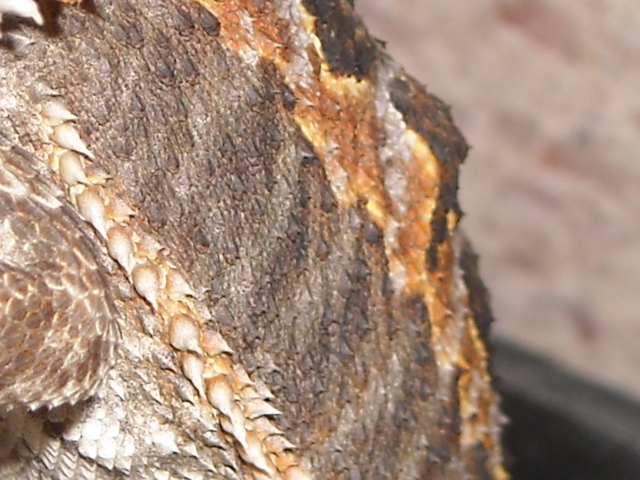 Snickers Bumps on back
QuestionSnickers
QUESTION: Oh Tracie, You are ta
Snickers Bumps on back
QuestionSnickers
QUESTION: Oh Tracie, You are ta
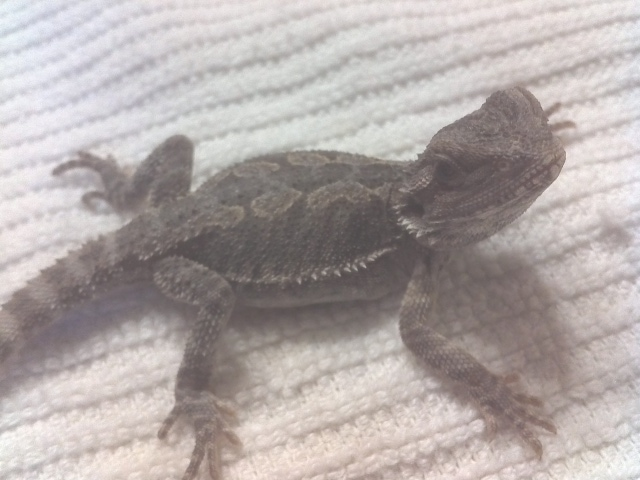 female bearded dragon attacked male bearded dragon
QuestionQUESTION: So I was cleaning the bearded dragons
female bearded dragon attacked male bearded dragon
QuestionQUESTION: So I was cleaning the bearded dragons
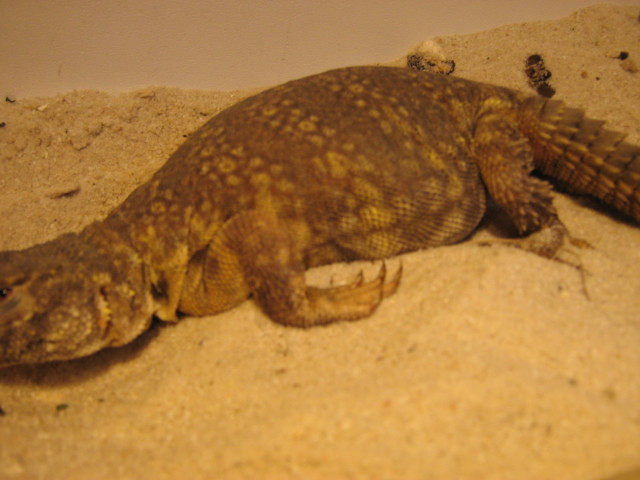 how do you tell if a F Uro is gravid?
Questiongravid or just fat?
QUESTION: Ive had my
how do you tell if a F Uro is gravid?
Questiongravid or just fat?
QUESTION: Ive had my
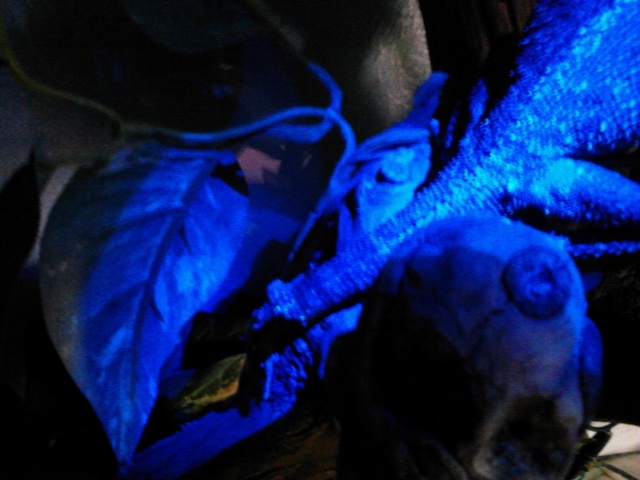 Broken Tail
Question
Broken Tail!
I have a female Mountain H
Broken Tail
Question
Broken Tail!
I have a female Mountain H
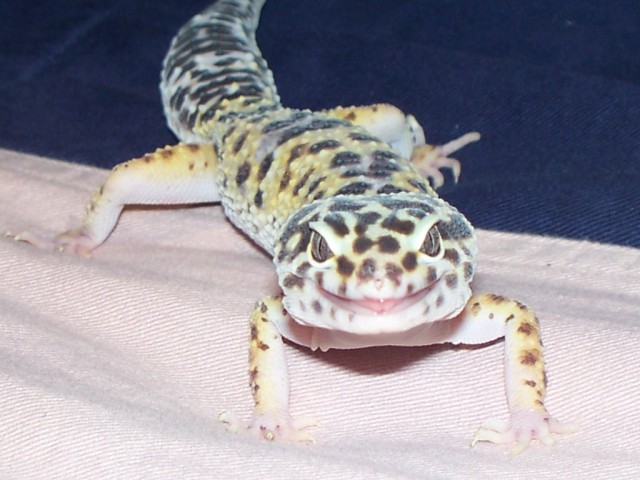 leo with tokay
Question
Zaku
I was wondering if a Tokay gecko is able
leo with tokay
Question
Zaku
I was wondering if a Tokay gecko is able